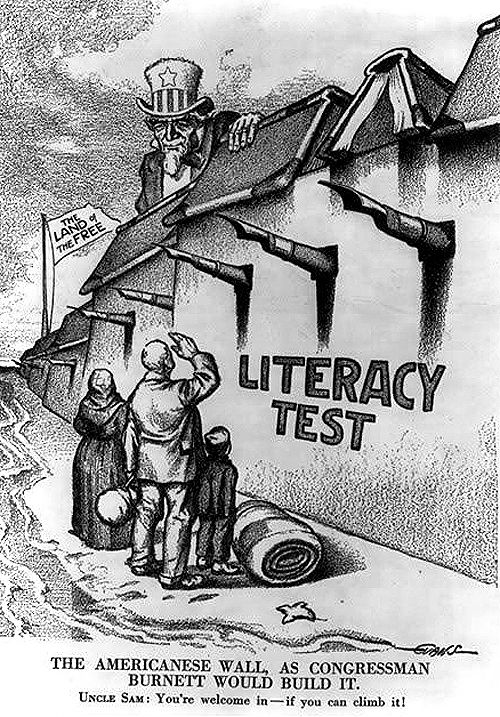The massive influx of immigrants to the United States in the late 19th and early 20th centuries shaped American society both at the time and indefinitely. The following primary source set explores materials organized for the Collaborative for Educational Services and by the Library of Congress. The Library of Congress has crafted a vast number of primary source sets, interactive presentations…
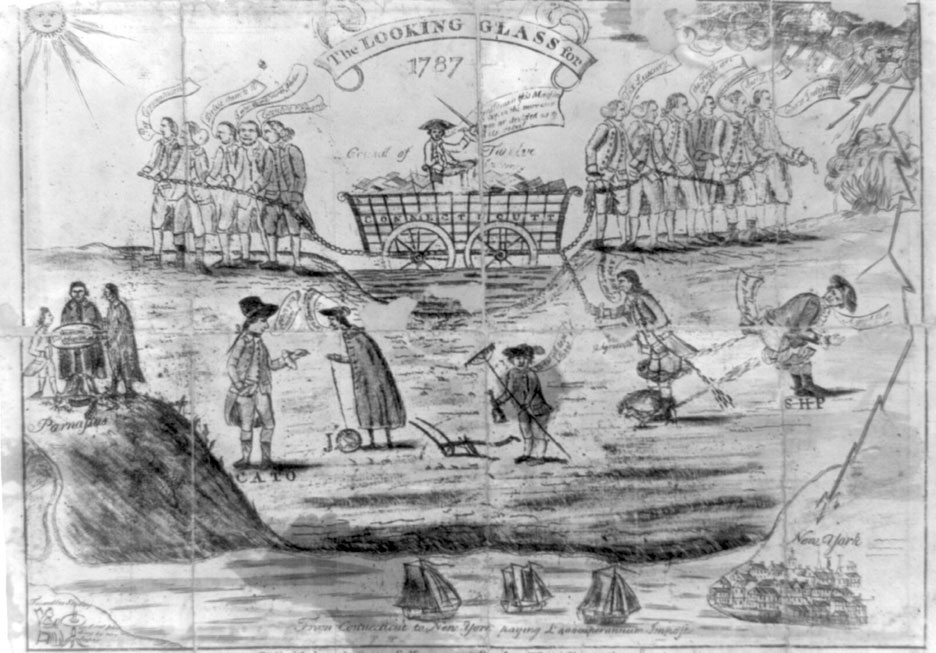
The following set of resources from the Library of Congress was prepared for Special Education in Institutional Settings (SEIS). The set presents primary source documents and images on two main units of study: The American Revolution and the U.S. Constitution. There are abundant resources on the American Revolution and U.S. Constitution. Therefore, this set recommends a careful selection of…
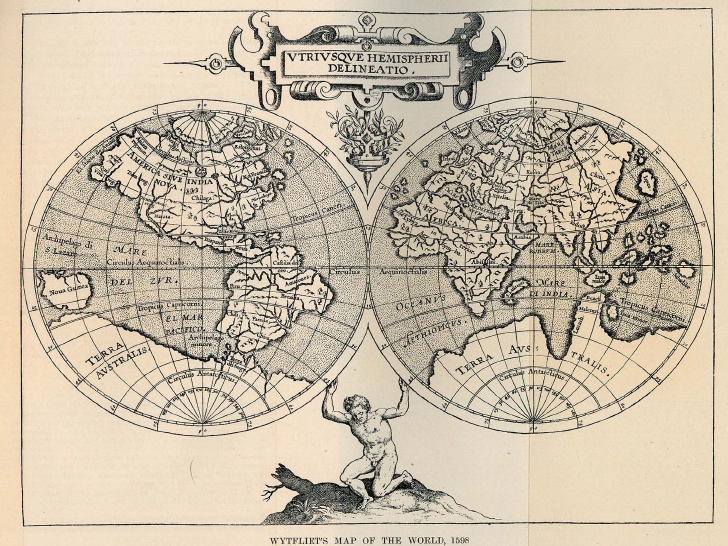
Maps, Knowledge, and Power in Medieval and Renaissance Europe
Maps are a representation of geographical space. As such, they are valuable as a source of information. Yet their makers can also use them to control or alter perceptions of that same information. In the 14th and 15th centuries, cartography, or the science of map-making, changed rapidly due to the explorations of the…
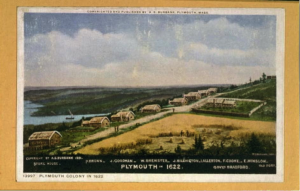
Through the examination of primary source documents demonstrating stages of community development in a community familiar to students, students will gain an understanding of Medieval History analysis of factors that occur during the development of communities. Students will work collectively, using the Library of Congress Primary Source Analysis Tool, to demonstrate their understanding of one…
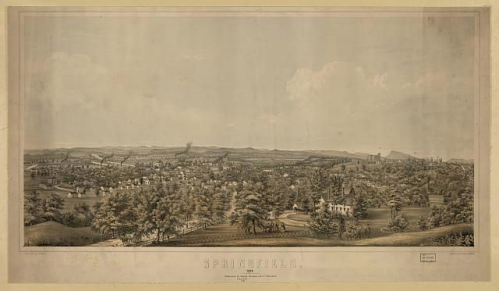
The following lesson on the industrial growth of Springfield, Massachusetts during the 19th century was created during the National Endowment for Humanities Landmarks of American History and Culture Workshop – Forge of Innovation: The Springfield Armory and the Genesis of American Industry, in the summer of 2015. Utilizing both primary and secondary source materials students will explore the…

